Tahiti is the largest and most populous island in French Polynesia, a French overseas territory located in the South Pacific Ocean. It lies approximately 2,400 miles (3,900 kilometers) south of Hawaii and around 1,300 miles (2,100 kilometers) from New Zealand. Tahiti is part of the Society Islands group, which also includes other famous islands like Moorea and Bora Bora. Pape’ete, the capital and largest city, is situated on the northwestern coast of the island. The island itself is relatively small, but its strategic location in the Pacific Ocean makes it a significant hub for both local culture and international tourism.
Tahiti’s location gives it a tropical climate and diverse ecosystems, making it a perfect destination for nature lovers. Visitors can experience everything from white-sand beaches to towering volcanic mountains, as well as a rich history and vibrant Polynesian culture. The island’s isolation also offers a peaceful, serene atmosphere for those looking to escape into paradise.
What is the total area of Tahiti?

Tahiti covers a total area of 1,045 square kilometers (403 square miles), making it the largest island in French Polynesia. Despite its size, Tahiti is much smaller compared to some of the neighboring Pacific islands, but it remains the center of political and economic activity in the region. Its size and geography are diverse, with rugged volcanic mountains dominating the interior and lush coastal plains lined with beaches, lagoons, and coral reefs.
Tahiti’s area is large enough to support a wide range of environments, from tropical forests to dry, volcanic landscapes. Despite its relatively small landmass, the island’s natural beauty and abundant resources make it an attractive destination for visitors seeking both adventure and relaxation.
Is there any Live Volcano Present in Tahiti?
Yes, Tahiti is home to Mount Orohena, an active volcano located in the island’s central highlands. Mount Orohena is the highest point in Tahiti, rising to an elevation of 2,241 meters (7,350 feet). While it is not currently erupting, the volcano remains an important geological feature of the island, providing rich soil for the lush vegetation and vibrant ecosystems that surround it.
In addition to Mount Orohena, the island also has other volcanic features, including craters and calderas that have shaped the island’s stunning landscape over thousands of years. Visitors to Tahiti can trek through these volcanic landscapes, hiking along trails that lead to spectacular views of the mountains, valleys, and coastlines. Although the volcano is dormant, it’s still an important natural feature for those interested in geology or outdoor adventures.
Is Tahiti a Mountainous Island?
Yes, Tahiti is a mountainous island. The island’s rugged interior is dominated by volcanic peaks and craggy ridges, which rise steeply from the surrounding coastline. The volcanic origins of the island have given rise to a diverse and dramatic topography that includes deep valleys, cliffs, and lush tropical forests. The central mountain range is home to Tahiti’s highest peak, Mount Orohena, and other notable summits like Mount Aorai.
This mountainous terrain creates a range of outdoor activities for visitors, such as hiking, mountain climbing, and exploring the island’s waterfalls and rivers. The views from the peaks are breathtaking, offering panoramic vistas of the island, its coastline, and the Pacific Ocean. For adventure enthusiasts, Tahiti’s mountains provide ample opportunities for exploration and discovery.
What are the Weather Conditions of Tahiti?
Tahiti enjoys a tropical climate, which means it experiences warm temperatures and humidity year-round. The island is located near the equator, which provides a stable temperature range between 25°C (77°F) and 30°C (86°F). The weather is generally consistent, with two main seasons: the wet season and the dry season.
- Wet Season (November to April): The wet season brings higher humidity and rainfall, particularly in the months of January to March. While the weather can be rainy, the temperatures remain warm, and the island’s tropical vegetation flourishes. During this time, the island may also experience tropical storms and occasional cyclones.
- Dry Season (May to October): The dry season is considered the best time to visit, with pleasant, moderate temperatures and lower humidity. This season sees less rainfall, making it ideal for outdoor activities such as hiking, swimming, and sightseeing.
Tahiti’s weather is one of the main reasons it is a year-round destination. However, the dry season is generally considered more comfortable for visitors who want to experience the island’s beauty without the humidity and rain.
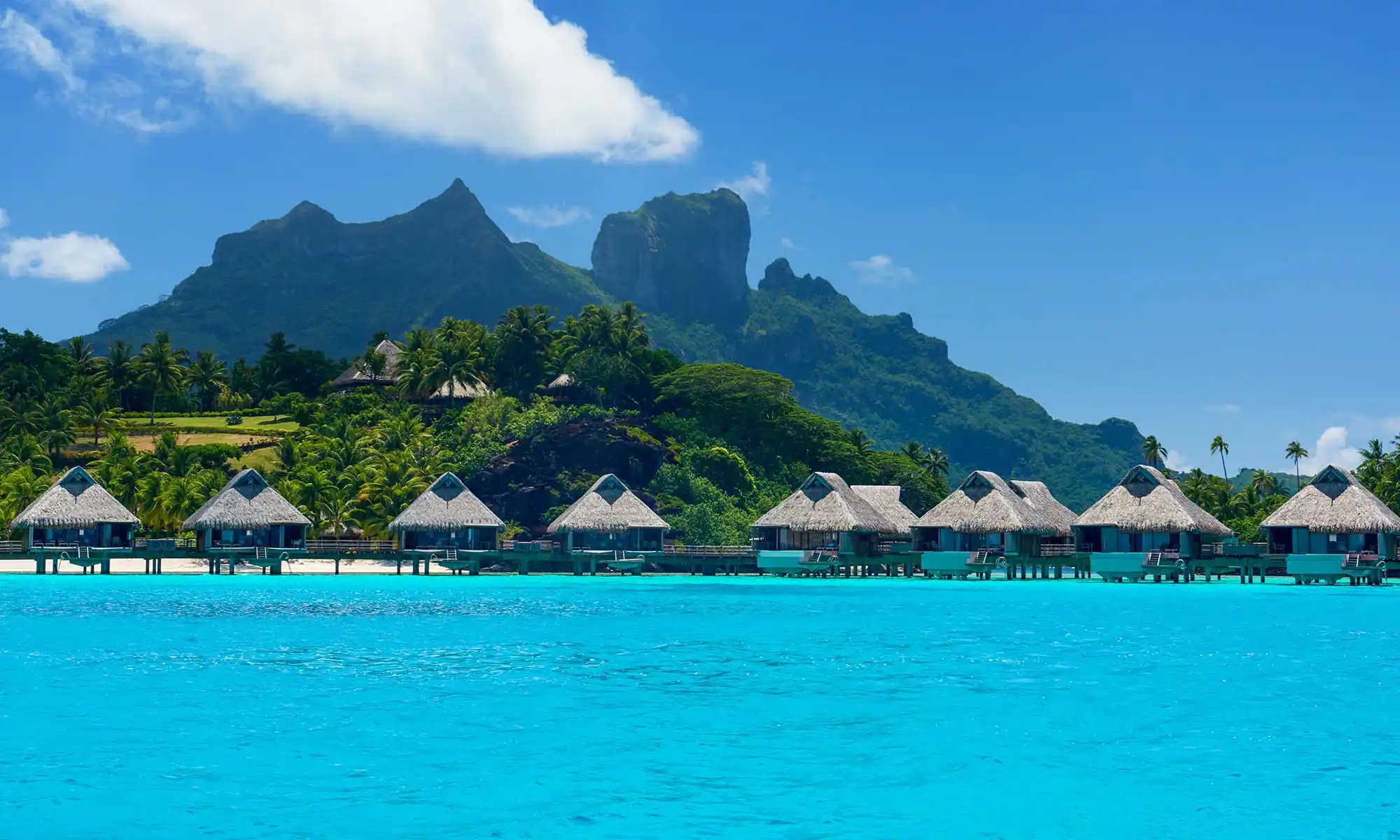
What Type of Culture is there in Tahiti?
Tahiti’s culture is a rich blend of Polynesian traditions and French influences, as the island is an overseas territory of France. The indigenous people of Tahiti, known as the Mā’ohi, have lived on the island for over a thousand years. Their traditions, language, and customs are deeply ingrained in the island’s culture, even though French colonial influence has also played a significant role in shaping modern life.
Key cultural aspects of Tahiti include:
- Tahitian Dance (Ori Tahiti): Traditional dance is an important cultural expression, and visitors can watch stunning performances during festivals and events.
- Tahitian Art and Craftsmanship: Tahiti is famous for its handcrafted goods, such as tiki masks, wood carvings, and fine arts. The island’s artists create beautiful works inspired by Polynesian heritage.
- Cuisine: Tahitian food is a blend of French and Polynesian flavors, featuring fresh fish, tropical fruits, root vegetables, and dishes like poisson cru (raw fish marinated in lime juice and coconut milk).
- Language: The official language of Tahiti is French, but Tahitian is widely spoken by locals, especially in more traditional settings.
Tahitians have a deep respect for their heritage, and visitors can experience this through art, music, dance, and local customs.
Is Tahiti an Autonomous Region?
Yes, Tahiti is an autonomous region of French Polynesia, which is a French overseas territory. While it is under French sovereignty, French Polynesia has its own government, president, and assembly that manage local affairs. These local governing bodies are responsible for areas like healthcare, education, and public works, while France maintains control over matters such as defense, foreign affairs, and justice.
The island of Tahiti is the most populous and politically significant island in French Polynesia, serving as the administrative and economic center. This semi-autonomous status allows Tahiti to preserve its cultural identity while benefiting from its relationship with France.
How do Travelers Enter Tahiti Island?
The primary gateway to Tahiti is Fa’aa International Airport (PPT), located just outside the capital city of Pape’ete. International flights from major cities like Los Angeles, Paris, and Auckland frequently arrive at this airport. Most travelers entering French Polynesia arrive in Pape’ete and then take domestic flights to visit other islands like Moorea, Bora Bora, and Huahine.
There are also cruise ships that make stops in Tahiti as part of broader Pacific cruises. Visitors arriving by cruise can explore Pape’ete and the surrounding areas before embarking on their journey to other islands.
How much Time Does It Take to Reach Tahiti from New Zealand?
Flying from Auckland, New Zealand, to Pape’ete, Tahiti, takes approximately 5 hours. This short flight time makes it relatively easy for travelers from New Zealand to visit Tahiti. Direct flights are available, and they are often the preferred option for those traveling to Tahiti from the Southern Hemisphere.
What is the Official Language of Tahiti?
The official language of Tahiti is French, as it is an overseas territory of France. French is used in government, business, education, and other formal settings. However, Tahitian (Reo Mā’ohi) is also widely spoken, particularly by the local population, and is used in traditional ceremonies, music, and dance. While English is spoken in some tourist areas, knowing a few basic phrases in French or Tahitian can enhance the experience for visitors.
Who is the Nearest Neighbor of Tahiti?
The nearest neighbor to Tahiti is Moorea, which is located about 17 kilometers (11 miles) from the island. Moorea is often considered Tahiti’s “sister island,” and the two islands are connected by regular ferry services. Visitors to Tahiti often take day trips or overnight stays in Moorea to enjoy its stunning beaches, lagoons, and hiking trails. Bora Bora, another famous island, is also relatively close and a popular destination for those looking to explore French Polynesia further.
What are the Attractive Things to Do in Tahiti?
Tahiti offers a wealth of activities for travelers, including:
- Snorkeling and Diving: The island is home to crystal-clear lagoons, vibrant coral reefs, and diverse marine life.
- Trekking and Hiking: Explore the rugged volcanic landscape, including the trek to Mount Orohena or hiking to the Fautaua Waterfall.
- Cultural Experiences: Visit traditional Polynesian villages, experience Tahitian dance performances, and learn about the island’s rich heritage.
- Water Sports: Surfing, kayaking, paddleboarding, and sailing are popular activities on the island’s calm waters.
- Relax on Pristine Beaches: Tahiti offers stunning beaches such as La Plage de Maui, perfect for swimming or just soaking in the tropical beauty.
The combination of cultural immersion, natural beauty, and outdoor adventure makes Tahiti an unforgettable destination.
Conclusion
Tahiti is a dream destination for many travelers, offering a combination of stunning natural beauty, rich culture, and endless opportunities for adventure. Whether you’re exploring its rugged mountains, relaxing on its pristine beaches, or learning about its unique cultural heritage, Tahiti offers an unforgettable travel experience. With its close proximity to other islands, Tahiti serves as a gateway to exploring the wonders of French Polynesia.
FAQs:
- Where is Tahiti located?
Tahiti is located in the South Pacific Ocean, part of the French Polynesia archipelago. It lies approximately halfway between California and Australia, with the closest major landmass being New Zealand. - What is the total area of Tahiti?
Tahiti covers an area of about 1,045 square kilometers (403 square miles), making it the largest island in French Polynesia. - Is there any live volcano present in Tahiti?
Yes, Tahiti is home to several dormant and extinct volcanoes. The most prominent volcano is Mount Orohena, which rises to an elevation of 2,241 meters (7,350 feet). While it’s not an active volcano, it has shaped the island’s rugged and mountainous terrain. - Is Tahiti a mountainous island?
Yes, Tahiti is a mountainous island with lush volcanic peaks, steep valleys, and deep ravines. The island’s interior is dominated by rugged mountains, with Mount Orohena being the highest point. - What are the weather conditions in Tahiti?
Tahiti has a tropical climate, characterized by warm temperatures year-round. The average temperature is between 26°C (79°F) and 30°C (86°F). It has a wet season from November to March and a dry season from April to October, with humidity levels remaining high year-round. - What type of culture is there in Tahiti?
Tahiti’s culture is deeply rooted in Polynesian traditions. The island is known for its vibrant music, dance (notably the ‘ote’a), and arts, as well as its welcoming hospitality. The influence of French culture is also evident, as Tahiti is a French overseas territory. - Is Tahiti an autonomous region?
Tahiti is an overseas collectivity of France, which grants it a degree of self-government. While it has its own government and local assembly, France oversees its defense and foreign affairs. Therefore, it is not fully autonomous but enjoys considerable local governance. - How do travelers enter Tahiti Island?
Most travelers enter Tahiti via Faa’a International Airport (PPT) in Papeete, the capital city. The airport is well-connected to international destinations, especially from other parts of French Polynesia, New Zealand, and California. Visitors need a valid passport, and some may require a visa depending on their nationality. - How much time does it take to reach Tahiti from New Zealand?
A flight from New Zealand (Auckland) to Tahiti typically takes around 5 to 6 hours, as both destinations are relatively close in the South Pacific. - What is the official language of Tahiti?
The official language of Tahiti is French, as it is a French overseas collectivity. However, Tahitian (Reo Tahiti) is widely spoken and used in daily life, and many locals are bilingual. - Who is the nearest neighbor of Tahiti?
The nearest major neighbor to Tahiti is the island of Moorea, located just 17 kilometers (10 miles) to the northwest across the Sea of Moons. Other nearby islands include Bora Bora and Raiatea, part of French Polynesia. - What are the attractive things to do in Tahiti?
In Tahiti, visitors can enjoy a wide range of activities such as exploring its breathtaking beaches, hiking through its lush interior, experiencing traditional Polynesian culture, snorkeling, scuba diving, and visiting landmarks like the Fautaua Waterfall and the La Plage de Maui beach. - What is the best time to visit Tahiti?
The best time to visit Tahiti is during the dry season, from April to October, when the weather is pleasant, and the chances of rain are lower. The wet season (November to March) is warmer but also more humid and has higher rainfall, making it less ideal for outdoor activities.

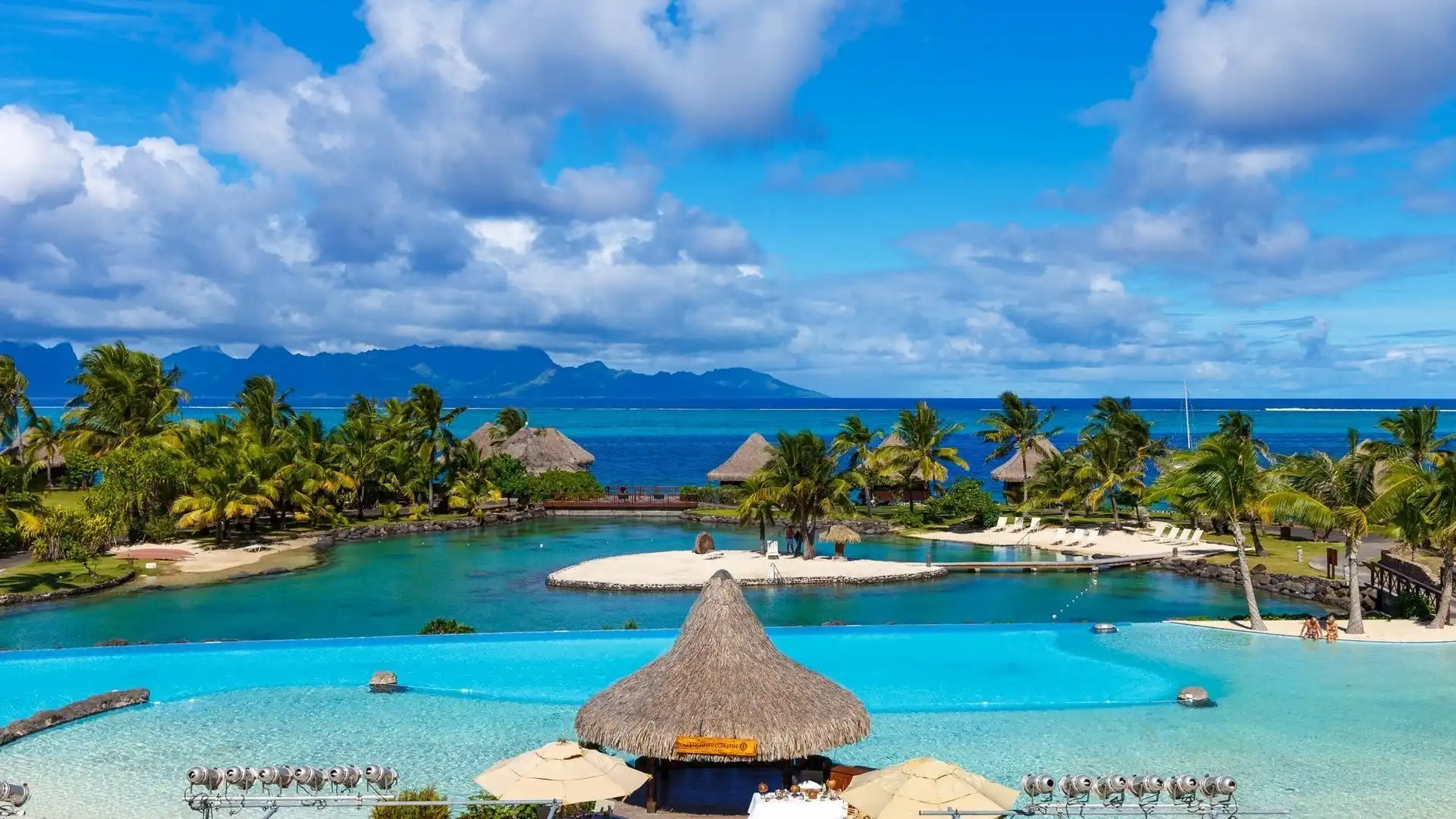







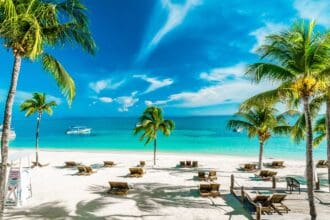

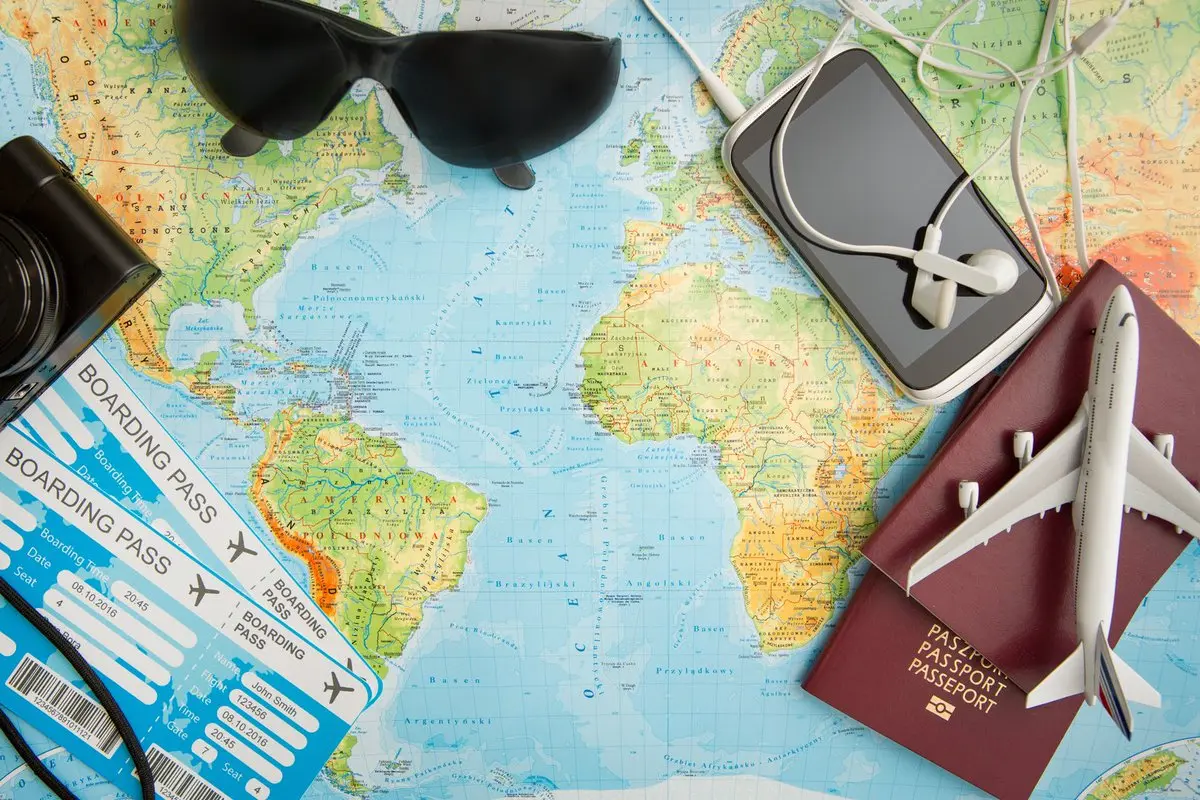






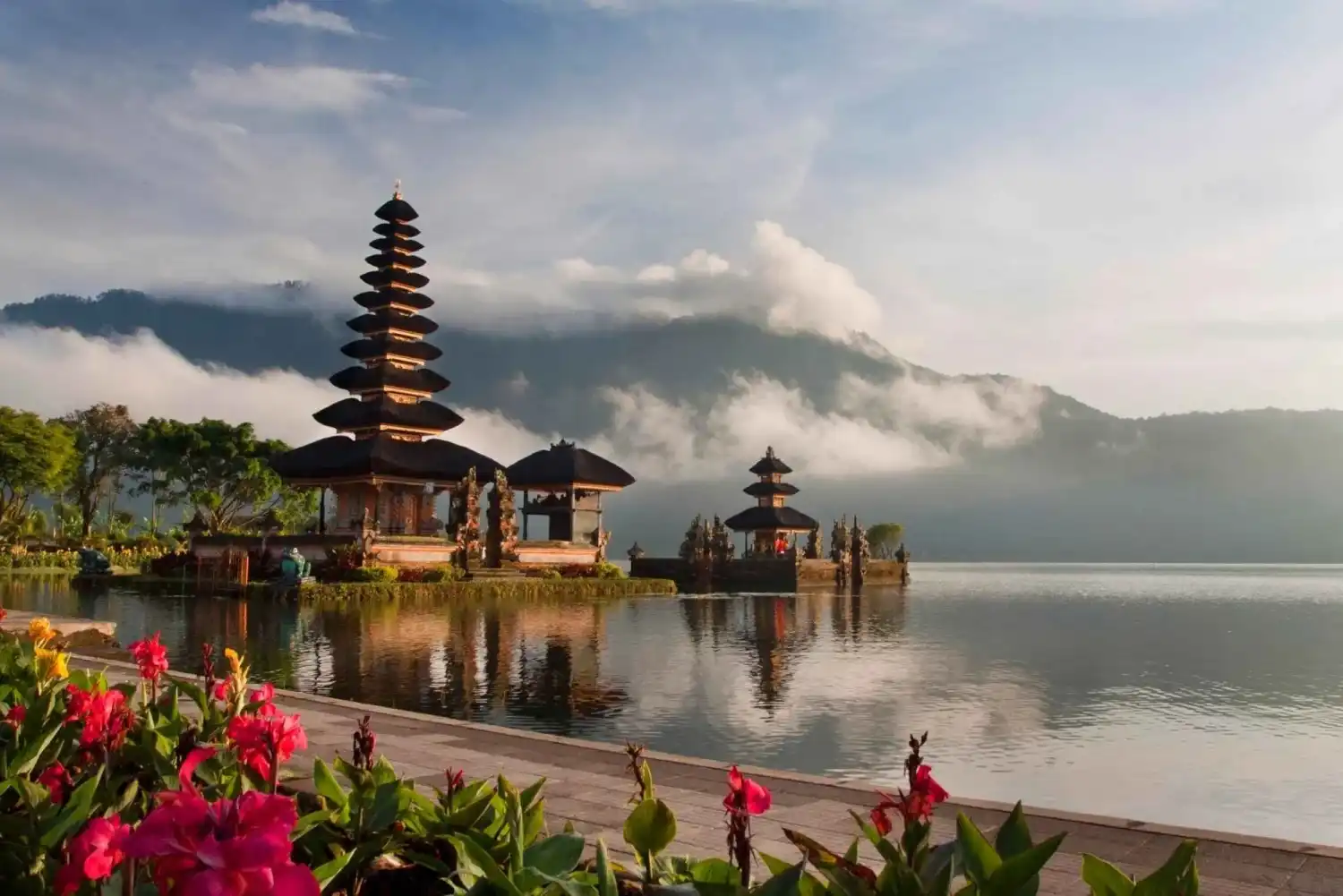
I genuinely enjoy examining on this web site, it has got good articles. “Violence commands both literature and life, and violence is always crude and distorted.” by Ellen Glasgow.
me encantei com este site. Para saber mais detalhes acesse o site e descubra mais. Todas as informações contidas são conteúdos relevantes e diferentes. Tudo que você precisa saber está ta lá.
I was just searching for this info for a while. After 6 hours of continuous Googleing, finally I got it in your site. I wonder what is the lack of Google strategy that do not rank this kind of informative web sites in top of the list. Usually the top sites are full of garbage.